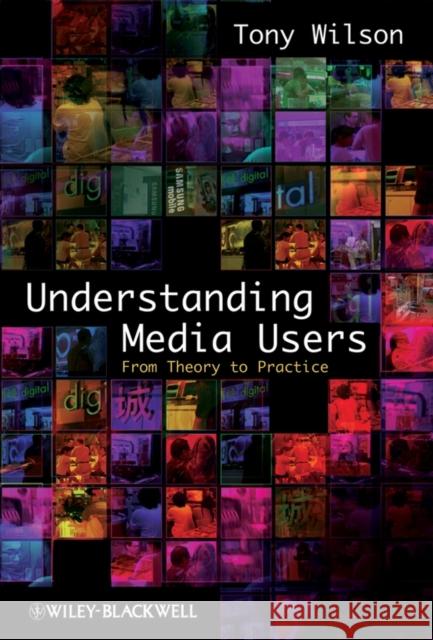Understanding Media Users » książka
topmenu
Understanding Media Users
ISBN-13: 9781405155663 / Angielski / Twarda / 2008 / 248 str.
Understanding Media Users: From Theory to Practice focuses on the blurred concept of the -active audience- at the core of media studies.
- examines the relationship between media and audiences by one of the world's leading media scholars
- provides a history of media effects' and an overview of the current analytical approaches that constitute media reception theory
- charts some of the most important interfaces of media reception and interaction - TV, film, the Internet, advertising, journalism, and tourism studies
- concludes with additional insights into the future of media reception in a global age











